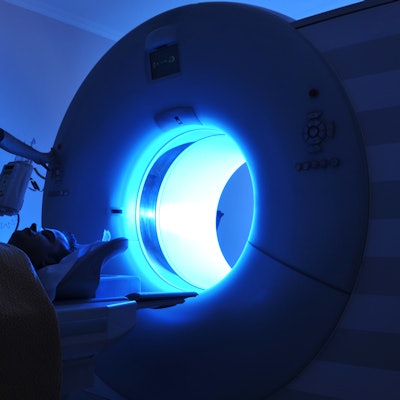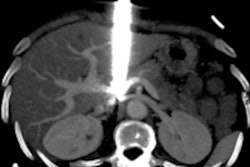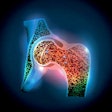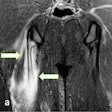
In certain circumstances, whole-body CT (WBCT) can be an effective way to image trauma patients presenting in the emergency room, even though it imparts more radiation than other imaging modalities, according to an article published on 2 June in the European Journal of Radiology.
The additional radiation dose from WBCT is why physicians need to take a variety of factors into consideration when deciding whether the technique is indicated in a trauma situation, wrote a team led by Elio Arruzza of the University of South Australia.
"Clinicians should consider [our] findings in light of their clinical context when choosing between WBCT and non-WBCT, particularly in terms of the volume of patients in their facilities [and] the need for timely management," the group wrote.
Typical workup for trauma patients presenting in the emergency room is the advanced trauma life support (ATLS) protocol, which combines physical exam, x-ray of the chest and pelvis, ultrasound, and region-specific CT. Yet the ATLS protocol can be time-consuming and prone to misdiagnosis, according to Arruzza's team.
CT's diagnostic accuracy makes it a good candidate for trauma imaging, and the development of whole-body CT makes it even more attractive. However, the use of WBCT -- encompassing a scan of the head, cervical spine, chest, abdomen, and pelvis -- remains controversial due to the additional radiation dose it delivers to patients, which can reach up to 20 mSv, the team noted.
"A promising feature of whole-body CT is the reduction in emergency department time, [due to more prompt] diagnosis," the group wrote. "[But] WBCT is associated with increased radiation dose and mechanical ventilation duration."
To assess WBCT's effectiveness for trauma imaging, Arruzza and colleagues conducted a literature review, gathering 14 studies from Scopus, Cochrane, and PubMed databases that compared WBCT with the conventional radiology procedures used in the ATLS protocol.
The authors found the following:
- The use of WBCT and non-WBCT showed comparable rates in outcomes such as overall mortality, 24-hour mortality, intensive care unit length of stay, hospital length of stay, and incidence of multiple organ dysfunction or failure (none of these outcomes were statistically significant).
- WBCT reduced patients' time in the emergency department compared with conventional radiology procedures (p = 0.004).
- Not surprisingly, WBCT was associated with higher radiation dose (p < 0.001).
So what is WBCT's role in trauma imaging? The group hopes the study findings will help clinicians make more informed decisions.
"[Future research] should explore impacts on more specific patient subgroups and other relevant outcomes such as cost-effectiveness, complication rates, diagnostic accuracy and missed injury rates," Arruzza and colleagues wrote. "Such exploration will inform a more holistic perspective regarding the efficacy of WBCT within the clinical environment."
















